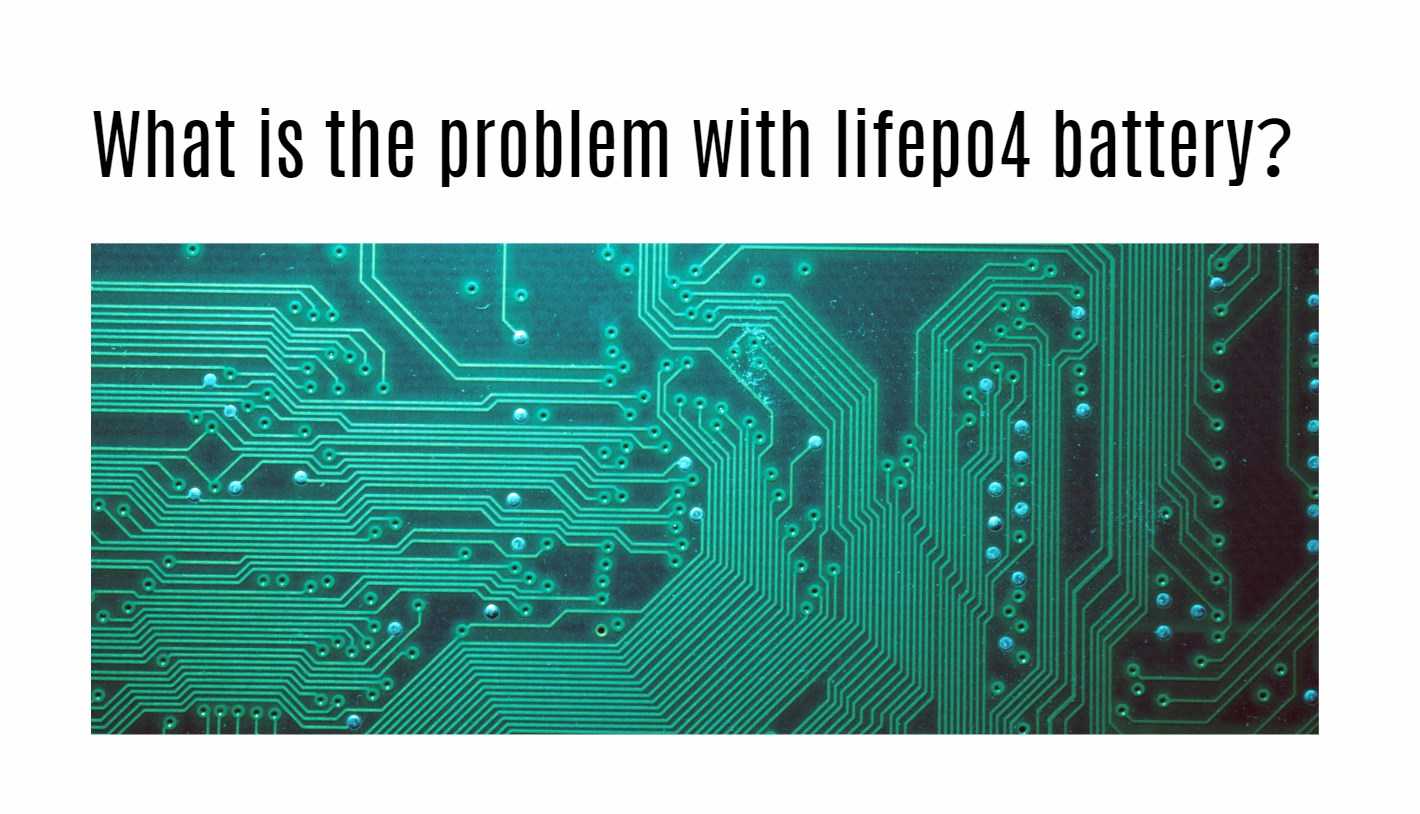Are you considering switching to a lifepo4 battery for your energy needs? While they may seem like the perfect solution, there are some potential problems you should be aware of. As a content writer and SEO expert, I have researched and written this article to help you understand what the problem with lifepo4 batteries is, and how to avoid them. So, let’s dive in!
What is a lifepo4 battery?
Lifepo4 batteries are a type of rechargeable lithium-ion battery that have become increasingly popular for use in various applications. Unlike traditional lead-acid batteries, these batteries boast a longer lifespan, higher energy density, and faster charging capabilities.
Wholesale lithium golf cart batteries with 10-year life? Check here.
The acronym Lifepo4 stands for Lithium Iron Phosphate, which is the chemical composition of the battery’s cathode material. This unique chemistry provides several advantages over other types of batteries on the market.
Lifepo4 batteries can be used in a wide range of devices such as smartphones, laptops, electric vehicles (EVs), solar panels systems and more. They have quickly gained popularity due to their high safety ratings and environmental friendliness since they do not contain hazardous materials like cadmium or mercury.
Want OEM lithium forklift batteries at wholesale prices? Check here.
Lifepo4 batteries offer an efficient solution to meet your power needs with long-lasting performance without compromising safety or causing harm to the environment.
The problem with lifepo4 batteries
Lifepo4 batteries are known for their long-lasting abilities and high discharge rates. However, there are a few problems associated with these batteries that users should be aware of.
One issue with lifepo4 batteries is their sensitivity to temperature changes. These batteries have an optimal operating temperature range, and if they go outside this range, it can affect the battery’s performance and longevity.
Another problem is overcharging or undercharging the battery. Lifepo4 batteries require specific charging protocols that must be followed; otherwise, it may cause the battery to fail prematurely or even become a safety hazard.
Furthermore, using incompatible chargers or devices can lead to damage to your lifepo4 battery. It’s important always to use equipment designed explicitly for this type of battery.
Like any other lithium-ion battery, lifepo4 batteries also degrade over time due to cyclic usage and natural aging processes. This degradation means that eventually, these batteries will hold less charge than when initially purchased.
While there are some issues associated with lifepo4 batteries such as temperature sensitivity and incorrect charging methods being used – by following proper procedures and taking care of them correctly – you can avoid many problems commonly encountered in day-to-day use.
How to avoid the problem with lifepo4 batteries
To avoid the potential problems with your lifepo4 battery, there are several steps you can take. First and foremost, make sure to purchase a high-quality battery from a reputable source. Cheap knockoff batteries may seem like a good deal at first, but they often come with hidden issues that can cause serious problems down the line.
Another important step is to properly maintain your battery. This includes keeping it charged within its recommended voltage range and avoiding overcharging or undercharging. It’s also crucial to store the battery in a cool, dry place when not in use.
Regularly monitoring your battery’s performance is also key in preventing any potential issues. Keep an eye on things like charge time, capacity, and temperature to ensure everything is functioning as it should be.
Consider investing in additional safety features such as protective cases or circuit breakers for added peace of mind.
By taking these simple precautions, you can help ensure your lifepo4 battery remains reliable and problem-free for years to come.
Conclusion
In summary, while lifepo4 batteries offer several benefits over other types of batteries such as longer lifespan, high efficiency and safety, they can also present some issues that need to be addressed. The good news is that by following the tips outlined in this article such as avoiding overcharging or discharging the battery too much and ensuring the battery stays within a safe temperature range, you can help prevent these problems from occurring.
When choosing a lifepo4 battery for your device or system, it’s important to not only consider its advantages but also take into account any potential drawbacks. By doing so and implementing best practices for usage and maintenance , you’ll be able to enjoy all the benefits of a lifepo4 battery without experiencing any troublesome issues.









